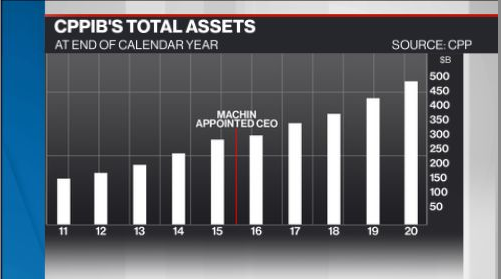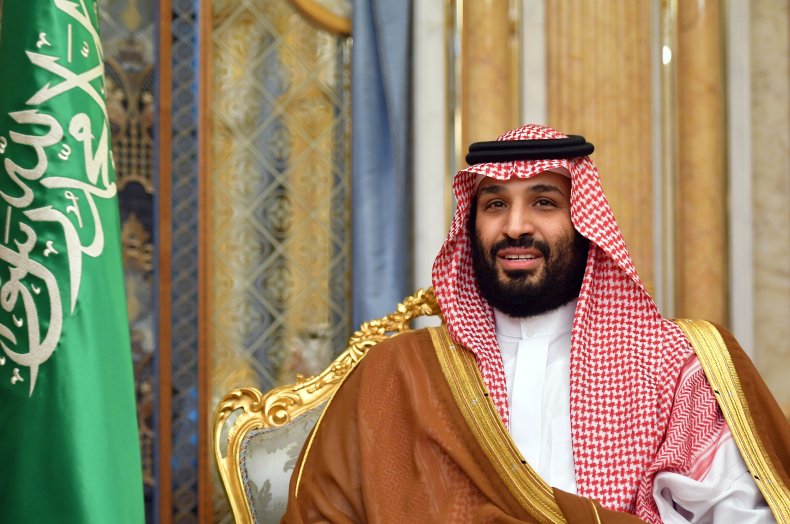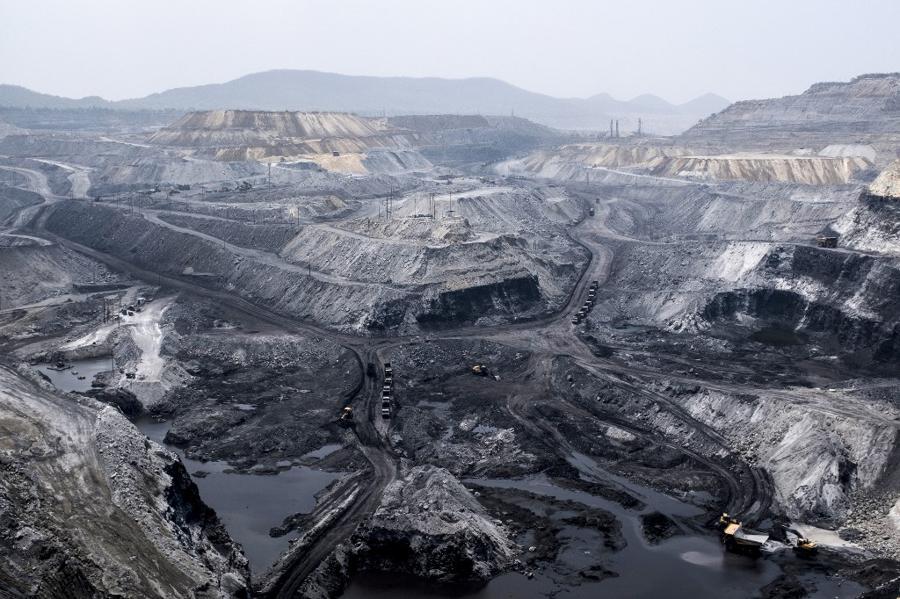
Tehran, Feb 27, IRNA – Release of Iran's assets from South Korea is at final stage, according to Central Bank of Iran, saying that Seoul Government got green-light from Biden Administration for stage-by-stage release.
South Korea froze seven billion dollars Iranian assets with the Seoul banks following the US sanctions on Iran reimposed since 2018 after former president Donald Trump withdrew from the Joint Comprehensive Plan of Action.
South Korean Foreign Ministry announced that it has reached an agreement with Washington to release part of the funds.
Officials from South Korean FM and Central Bank of Iran announced an agreement on the amount of money and its transfer mechanism after US Treasury's approval.
Upon agreement, the release starts with $1b according to CBI Governor Abdolnaser Hemmati, part of which would be paid to the United Nations to settle $16m arrears of Iran's membership fee.
Moreover, Iran and South Korea have agreed on transfer of even more funds through the channel provided by the Swiss Humanitarian Trade Arrangement (SHTA), established in February 2020 after an okay from Trump administration.
CBI Governor also said that Iran has started talks with other countries including Oman, Japan and Iraq to release frozen assets.
Hammati had a meeting with South Korean Ambassador to Tehran last week convened at the request of South Korean embassy. In the meeting, an agreement on transfer of Iran’s assets to specified destinations as per the CBI’s decision on amount and the banks for delivery.
South Korean Foreign Ministry said the day after this meeting that Iran's blocked assets would be released after consultation with the US.
In the meantime, US State Secretary Spokesman Ned Price confirmed the talks between Iran and South Korea, but said the funds had yet to be transferred.
The release of funds blocked in South Korea bespeaks a new round of Iran's diplomacy in the international arena. Historically, Tehran and Seoul have had friendly ties. In recent years, however, they were in challenge due to US sanctions and Washington's pressure on Seoul.
It is hoped that the recent developments would serve to normalize ties between Iran and South Korea.
Tehran has announced to Seoul a list of necessary items, including medicines and raw materials, as well as equipment for factories, he pointed out. Tehran, Feb 27, IRNA- Chairman of Iran-South Korea joint chamber of commerce Hossein Tanhayi on Saturday said that Seoul is supposed to pay Iran’s frozen funds based on the items requested by the Iranian officials.
According to the Central Bank of Iran, the total debt of South Korea to Iran is $7 billion, he said, adding that there are no other documents indicating that the amount is higher.
Without having to hold negotiations with the US, the country can utilize the barter mechanism for non-sanctioned goods, including food and pharmaceuticals.
Iranian Health Ministry has announced a list of medicines, including vaccines for COVID-19, to South Korea, he said, adding that the list can be used by the country to pay its debt.
South Korea froze seven billion dollars of Iranian assets with the Seoul banks following the US reimposed sanctions on Iran since 2018 after former president Donald Trump withdrew from the Joint Comprehensive Plan of Action.
South Korean Foreign Ministry announced that it has reached an agreement with Washington to release part of the funds.
Officials from South Korean foreign ministry and Central Bank of Iran announced an agreement on the amount of money and its transfer mechanism after the US Treasury's approval.
Upon agreement, the release starts with $1b according to CBI Governor Abdolnaser Hemmati, part of which would be paid to the United Nations to settle $16 million of arrears of Iran's membership fee.
Moreover, Iran and South Korea have agreed on transfer of even more funds through the channel provided by the Swiss Humanitarian Trade Arrangement (SHTA), established in February 2020 after an okay from Trump administration.
7129**2050
Follow us on Twitter @IrnaEng
























